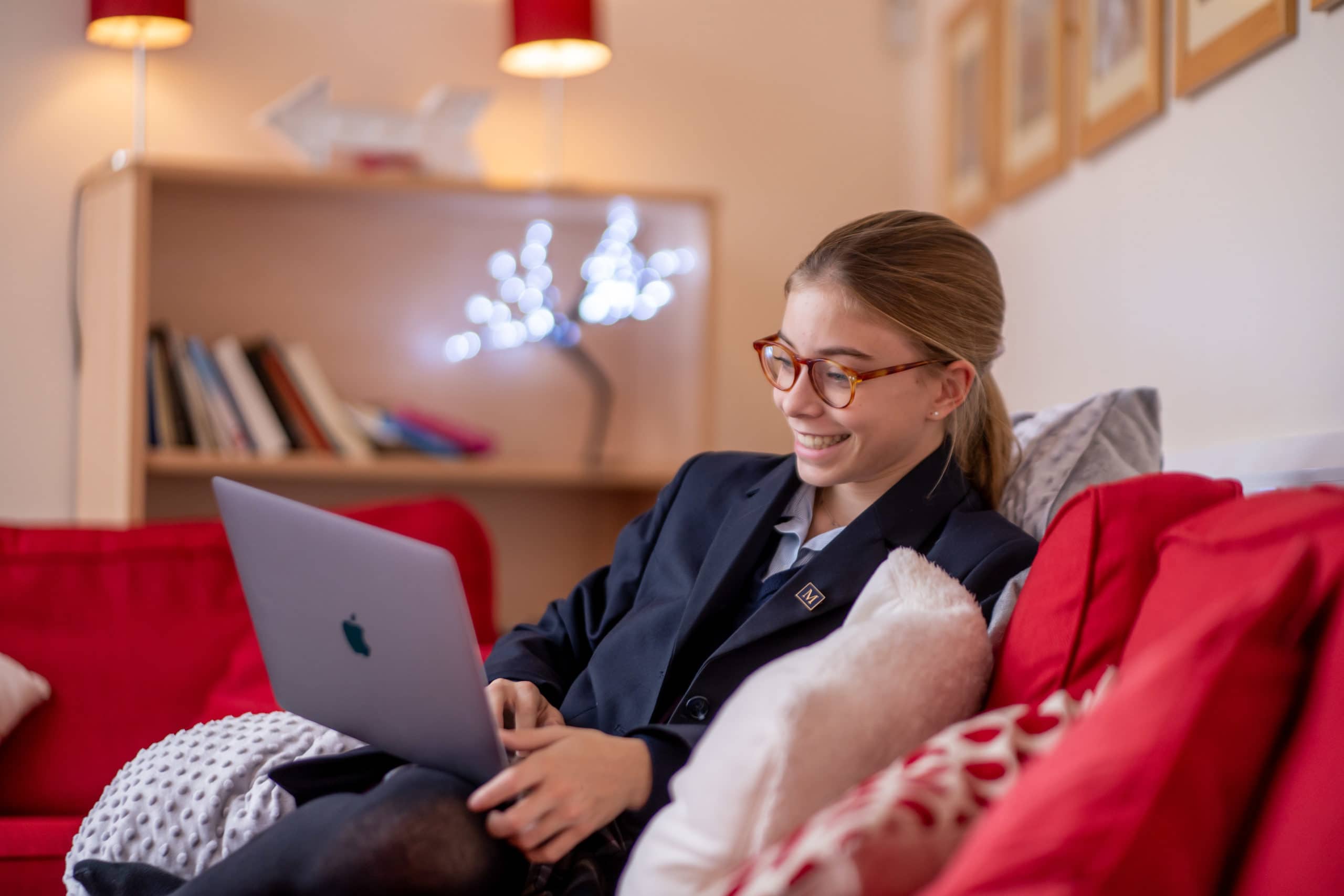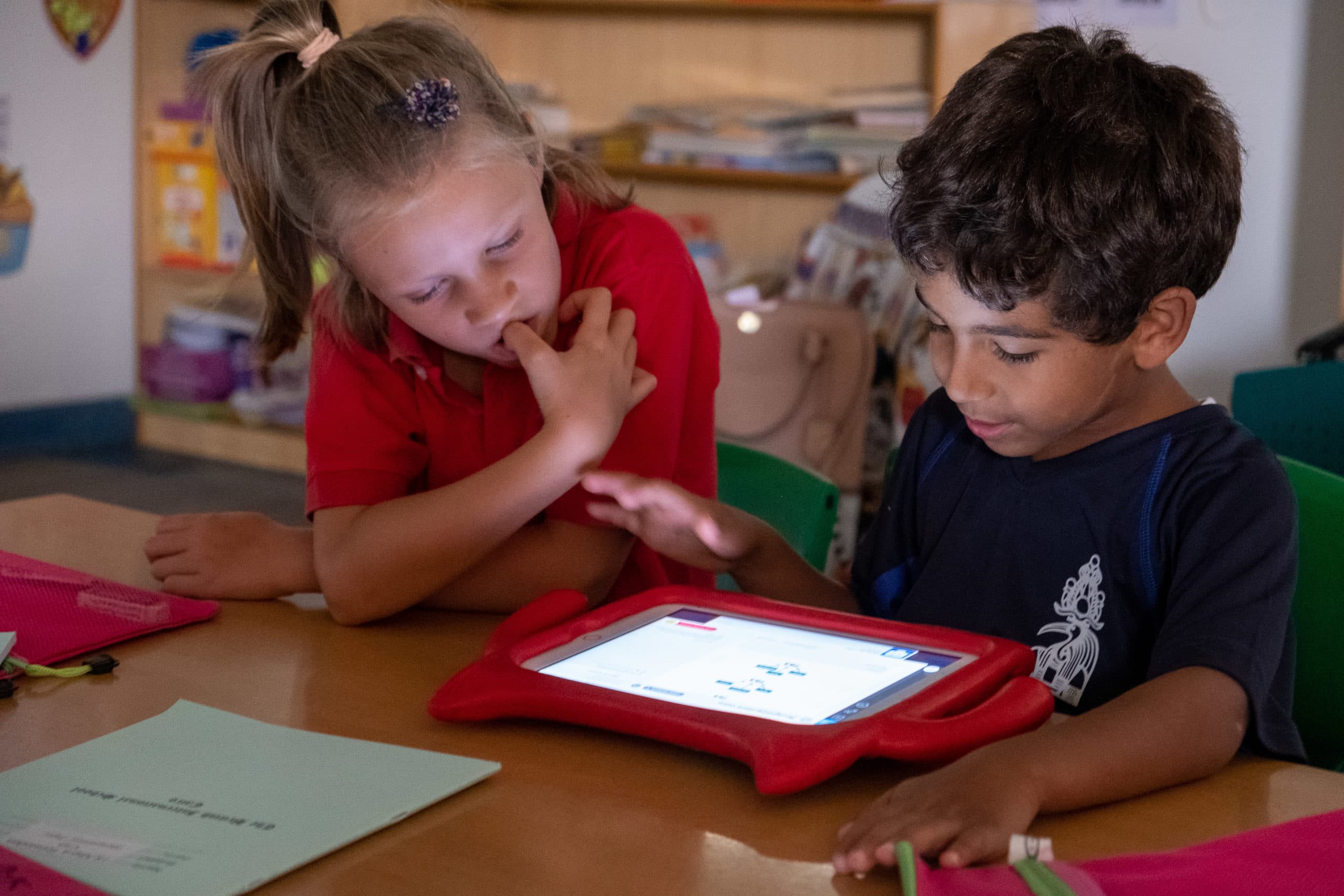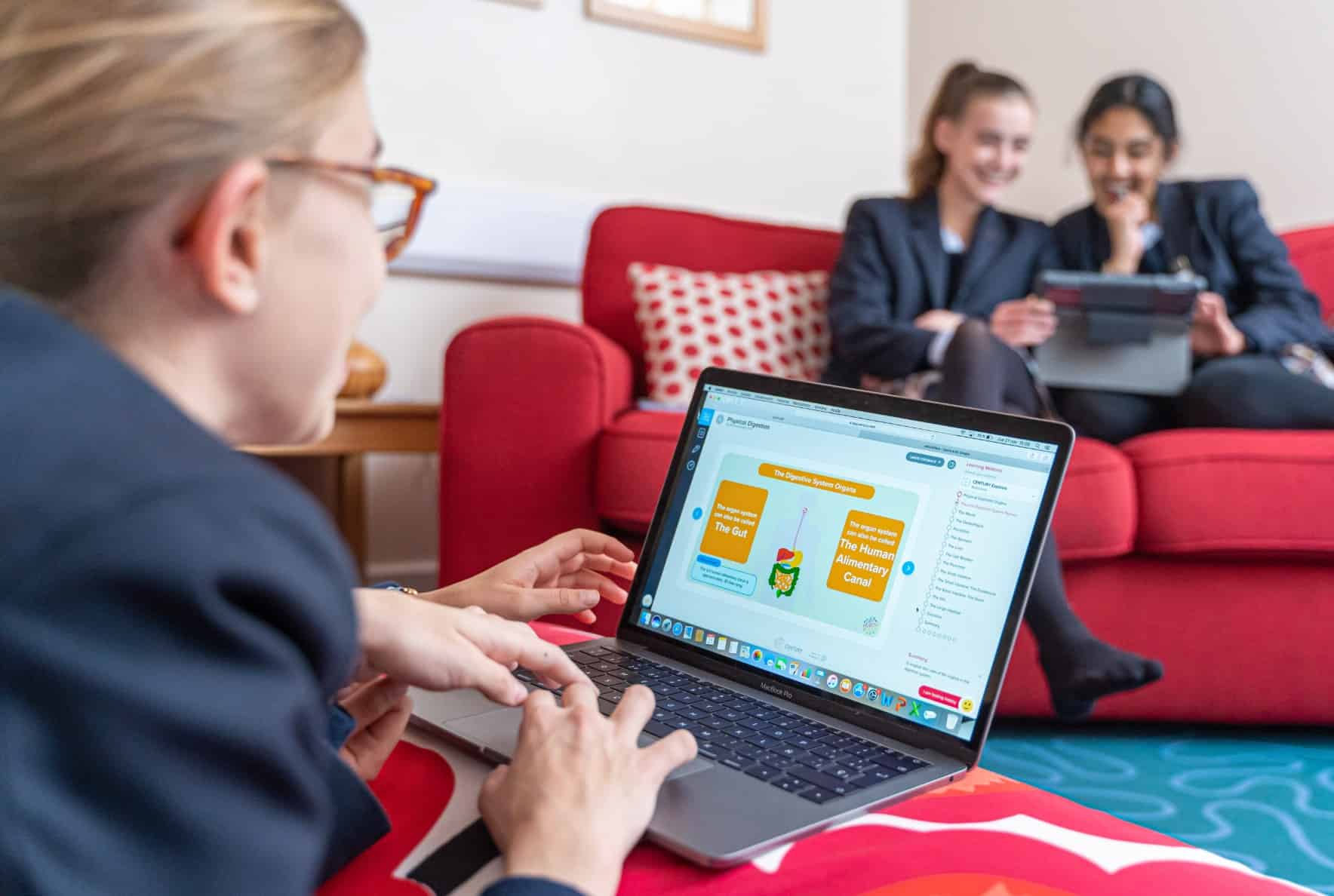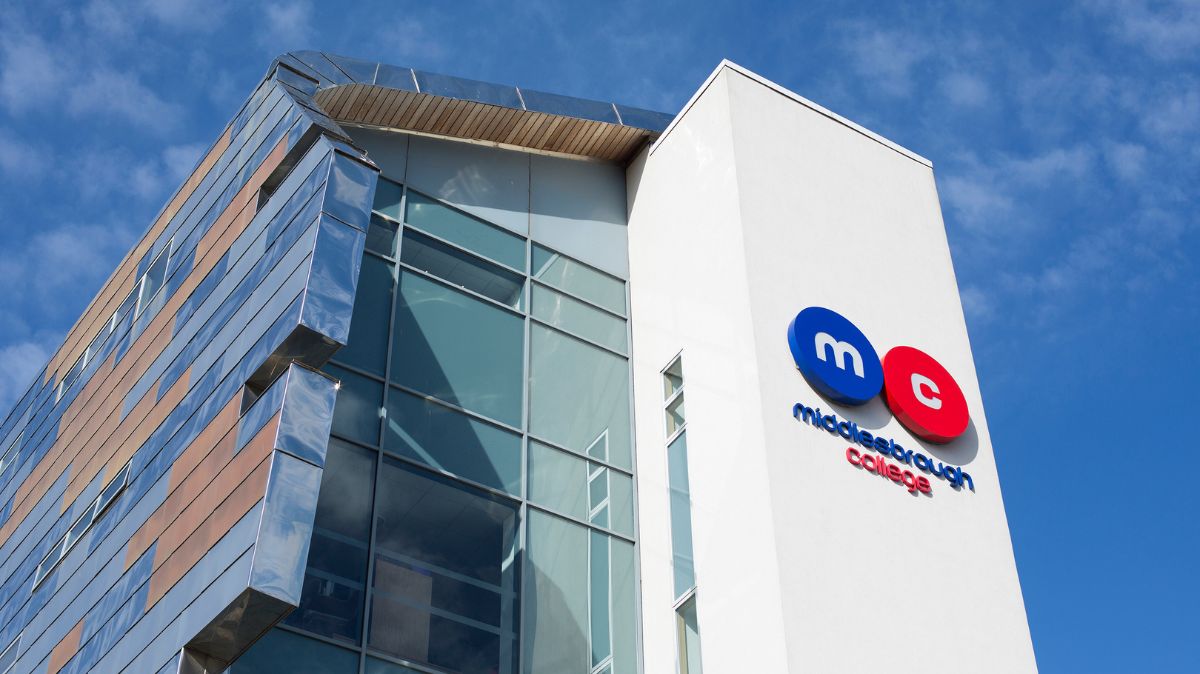Estimated reading time: 8 minutes
By Naima Charlier, Director of Teaching and Learning at Nord Anglia International School Hong Kong.
Here in Hong Kong, schools have been closed due to the coronavirus for months now. As Director of Teaching and Learning at Nord Anglia International School Hong Kong (NAISHK), my job is to ensure that our school maximises the potential of every single learner.
We have developed a range of strategies to optimise learning while schools are closed and our teachers have approached home learning in a variety of ways to ensure our core beliefs are upheld during this time. We believe there is no ‘one solution’ the same way we believe all students are individuals. So we have taken a blended approach.
I am happy to share our experience of how technology has helped to optimise learning for our students – I hope it can be of use to other schools in similar situations.
At NAISHK, we had been discussing for some time how AI might be used to disrupt traditional approaches to education and particularly how artificial intelligence might support an individualised approach to teaching and learning, while giving pupils more autonomy over their learning. This is one of our key promises and a key part of our school improvement plan.
But the dawning of what was to become weeks – and counting – of school closures meant that we sped up our plans to incorporate AI into our teaching. We took up CENTURY’s offer of free access to its platform, a learning tool built on AI. This offer remains open to any school affected by closure.
For the past month, our students have been using CENTURY to study maths, science and English from Years 3 to 9 and IGCSE Maths in Years 10 and 11. We are also deploying it strategically to support children with English as an Additional Language needs or other gaps in learning.
In total, 700 of our students have used the platform to answer more than 120,000 questions since closure. The platform’s AI has made nearly 8,000 intelligent content recommendations for students. Students have completed more than 17,000 nuggets (micro-lessons), which equates to roughly 4,400 hours of teaching time, if each child were given individual personalised tutoring.
Rolling out CENTURY was very quick. I started with a skype conversation with key Senior Leaders from Primary and Secondary and the leadership of a school in our group who had already used CENTURY and who could talk us through the benefits.
We then introduced it to a key group of leaders in the primary school via a video call, sharing my screen to talk through the purpose of the platform and how it could help to optimise learning. We then asked them to introduce it to their teams so they were aware of it, sharing some key videos provided by CENTURY to explain how it works.
We then got students onboarded straight away and asked CENTURY to load students’ learning feeds with a lesson related to their current and previous learning. I recorded a video of how to access it and what to do and set a Padlet, so students could feed back to us on what they thought of it. At the same time, we arranged three separate 30 minute training calls with our teachers so they were learning concurrently with data coming in from students accessing the platform. This was done to roll it out quickly, and it worked well.
Once we had everyone on the platform, we opened an internal CENTURY chat, on Microsoft Teams, for people to ask questions. I have been sending larger requests back to CENTURY’s team in the UK. The level of support from everyone at CENTURY has been phenomenal. Despite the time difference, answers and support are quick and everything we have asked for has been forthcoming. What has been particularly noteworthy is that Fiona at CENTURY has been looking at how we are setting things up here and proactively contacting us to give us information and tips to make it even better.
In addition to providing personalised learning, using CENTURY during the closures means our teachers are given detailed data on exactly what learning was going on at home, informing teachers how to extend or challenge our students when catching up on video calls. We also use it to support teachers to feedback quickly and individually, a crucial part of the learning process. The automarking of work and the platform’s existing learning content frees up teachers’ time to optimise virtual lesson time.
As a school we have also been looking at different methods to successfully use gap and strength analysis to increase performance for students. It is early stages, but CENTURY looks like it provides detailed, real-time data to support us in this aim. We hope this allows us to make interventions more rapid, and therefore more effective for all our students.
We are now regularly reviewing the usage. After the first week, any Primary students who had not been on the platform were then contacted by their class teacher to check they knew about it and offer support for them to get on.
We are already using CENTURY in a few different ways. We use it as a tool to give pupils greater autonomy over their learning. This means they can use it to get a clearer picture of where they have gaps in their learning or what areas they find difficult and this allows them to fill these independently.
We are also using it to deliver targeted content. This is developing as teachers become more familiar with how the platform works and how it can be useful in both delivering the current curriculum, as well as revising previously covered content.
The data dashboards help our teachers, who like the fact you can see how long students have spent answering a question and to what extent they have engaged with the learning materials. Teachers are able to speak to individual students about their performance and support them through misconceptions, as they can see exactly what time they have spent engaging with the work, as well as the answers they have submitted or skipped.
The leadership dashboards are very useful for seeing a whole school view of performance. Being able to see wide ‘helicopter views’, by subject area, as well as drilling down to the performance of individuals is really useful. This allows us to identify trends and patterns. We can see time spent against success as well as filtering other variables. Identifying who is cruising and needs more challenge, as well as what support is needed, is very helpful.
Feedback from parents has been very positive. One parent said it helped give their child confidence and that it helped to cement knowledge. Pupils have also told us they like it, commenting on how easy it is to use and that they enjoy that they feel in control of it.
Teachers have been impressed with the data they can obtain and they think it has a lot of potential to find gaps and raise achievement.
The role CENTURY fills as a ‘learning tool’ and not just an assessment tool is crucial. As a school, we are always trying to further the culture of learning and enquiry. Above everything else, the most important role the right technology can play is of furthering the autonomy of learners and empowering them to take control of their own education.
We are privileged to be able to help our students to continue to learn through what would otherwise be a huge disruption to their education. If I can provide any further advice on how to approach using technology like CENTURY throughout school closures, please get in touch.
Learn more about how CENTURY can supercharge your students' learning.





